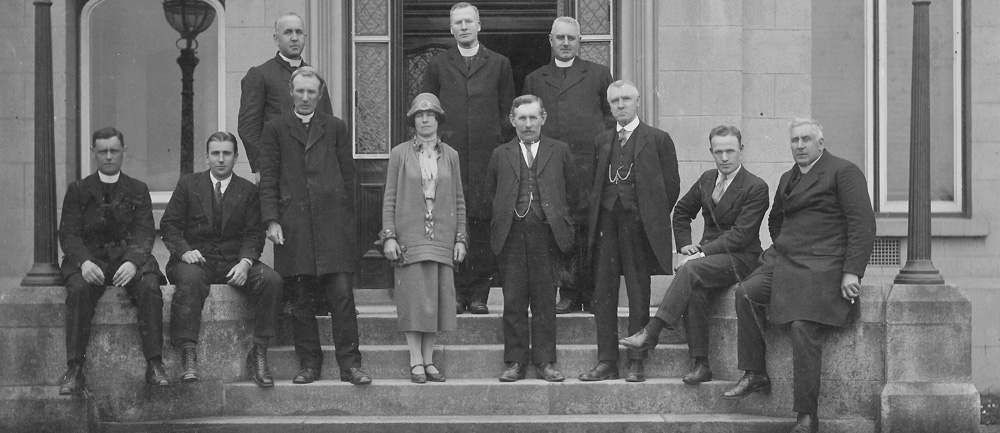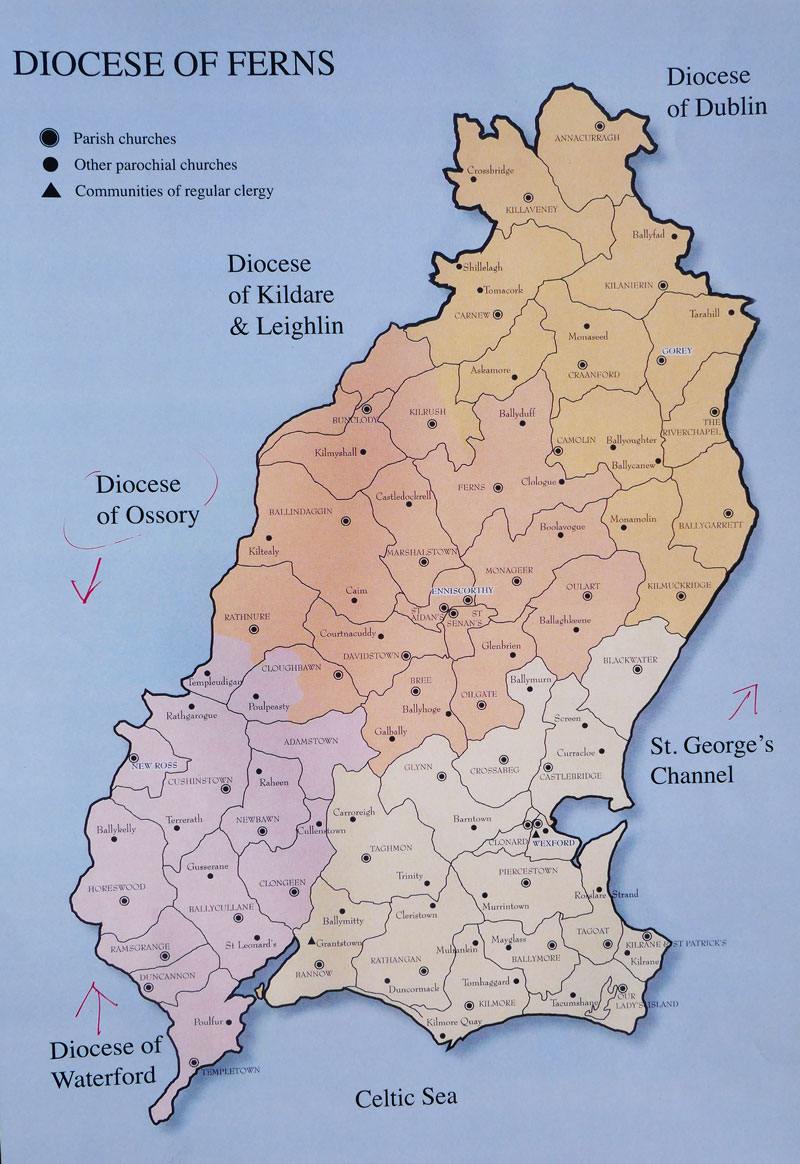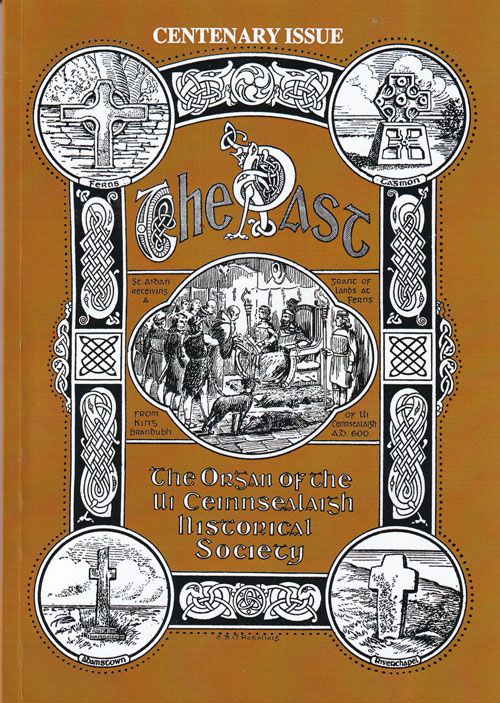
What does the name Uí Cinsealaigh mean ?
The very mention of the name Uí Cinsealaigh Historical Society is bound to be met with the question: “Uí Cinsealaigh” – what’s that? – what does it mean ?– where or what is Uí Cinsealaigh?
The immediate answer will be to say that Uí Cinsealaigh represents the modern county of Wexford. Historically speaking, the territory of Uí Cinsealaigh embraced the entire Co Wexford as we know it today but also included parts of south Co. Wicklow and bordering areas of Co Carlow.
To simplify it further, the historical domain of Uí Cinsealaigh constitutes the present day Diocese of Ferns, which includes all of County Wexford and also three parishes in County Wicklow, that is, Carnew, Kilaveney (Tinahely) and Annacurra.
Uí Cinsealaigh Historical Society had its beginnings in a meeting of interested persons held in the Mission House, Enniscorthy, in October 1919,but the official launch of the new Society took place at a public meeting held in the Athenaeum, Enniscorthy, on 8 January 1920.
It was welcomed with great enthusiasm by all sections of the local community and of the County Wexford at large. The initiative itself came from members of the local clergy, particularly those keen to see the preservation and recording of historical events and traditions of the County and anxious to save the documents, artefacts, architectural sites and local history from loss, neglect and oblivion.
The name Uí Cinsealaigh represents that area of the province of Leinster which includes most of the County Wexford and also parts of South Wicklow and the boundaries of County Carlow. It was from the Uí Cinsealaigh clan or “tuath” that some of the Kings of Leinster were chosen in the later part of the first millennium. The famous Dermot Mc Murrough – some will say “infamous” – was himself King of the Ui Cinsealaigh territory.
The first Journal of the new historical society – “The Past” – was published in that year 1920. Copies of this first edition are naturally scarce and have now become a collector’s item.
Over those hundred years a total of 34 issues of the Journal have appeared. The greater number of these were produced during the years 1970 to 2016, during the editorship of Fr. Séamas S. De Val, an Irish language scholar with a wide knowledge and appreciation of local history and who has, in the centenary addition 2020 himself, written a piece on the literary contributors to the first issue of the journal.



